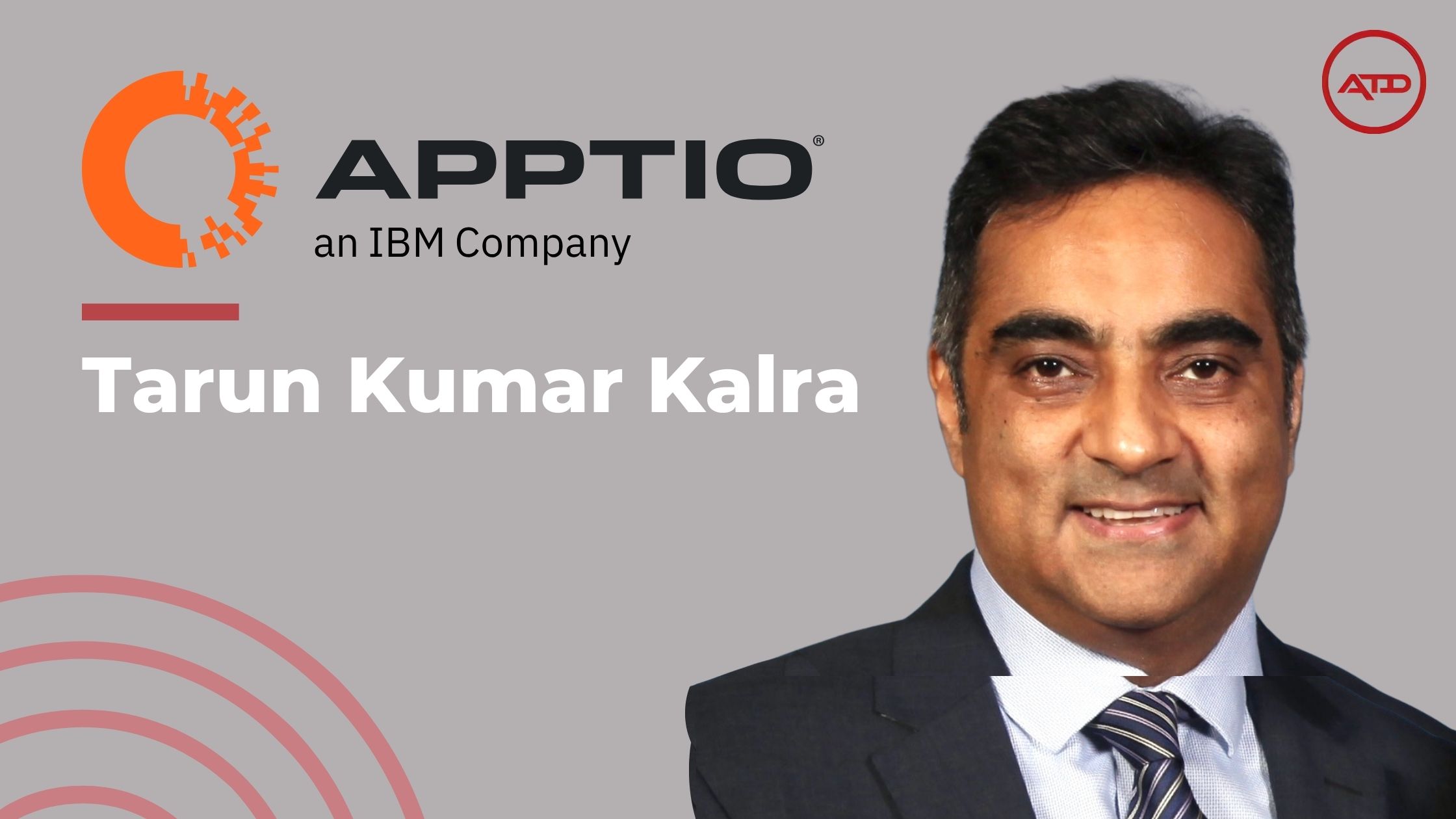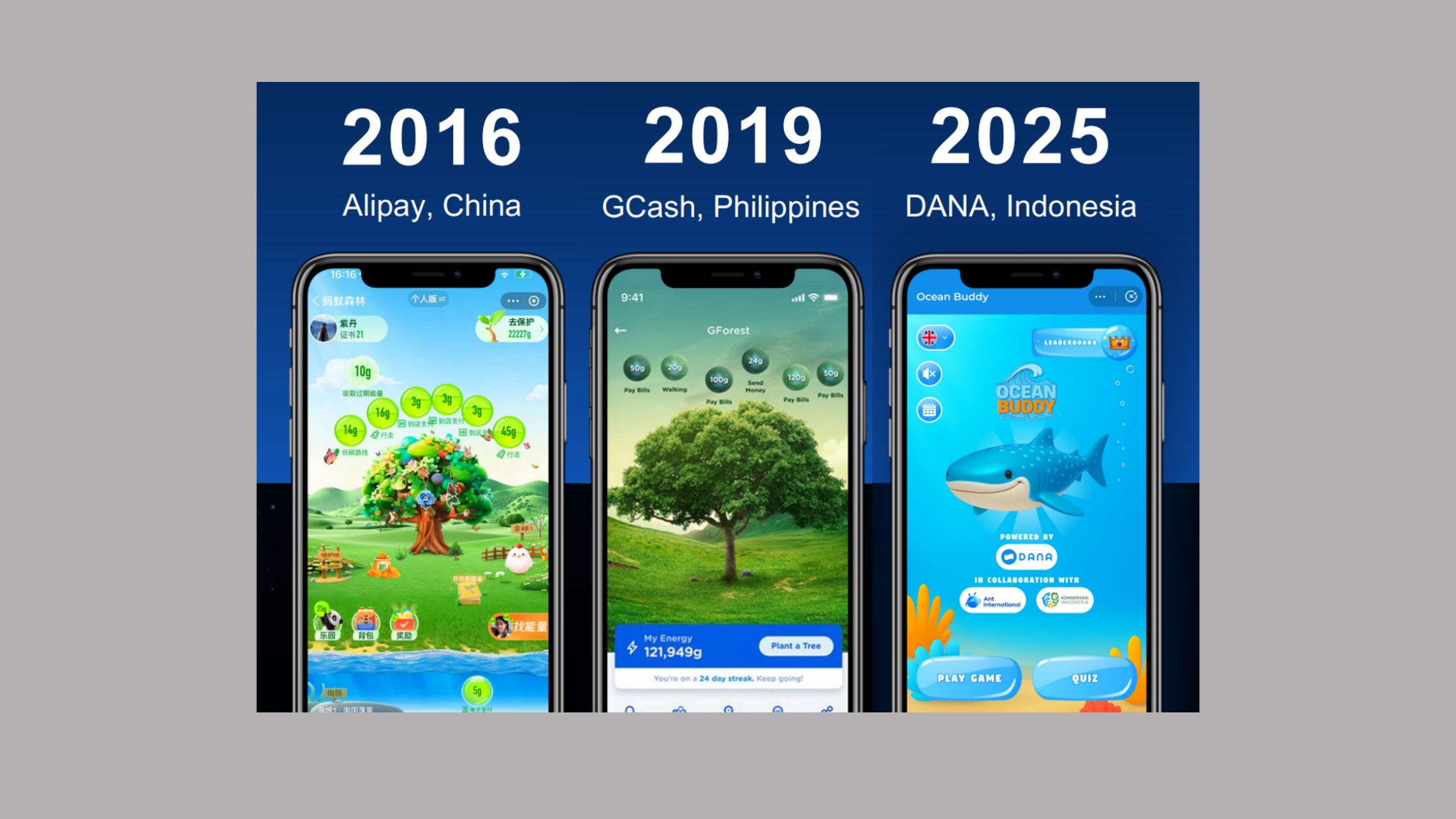AsiaTechDaily – Asia's Leading Tech and Startup Media Platform

Tarun Kumar Kalra Explores Apptio’s AI-Powered Strategies for Smarter IT Investments
Apptio, an IBM company, recently unveiled the availability of its enterprise agile planning (EAP), IT financial management, and cloud FinOps solutions on the Microsoft Azure Marketplace. As organizations face growing technology budgets and the transformative impact of generative AI on business operations, IT leaders are under increasing pressure to optimize their investments. Apptio seeks to tackle these challenges by offering advanced FinOps solutions designed to maximize value and efficiency.
The move is expected to offer Microsoft Azure Customers enhanced capabilities like IBM Targetprocess, a SaaS solution that integrates with Azure DevOps to streamline portfolio and budget management. Additionally, Apptio’s collaboration with EY aims to combine the latter’s deep industry expertise with Apptio’s software tools to help organizations navigate the complexities of technology spending while driving strategic priorities.
In an exclusive interview with AsiaTechDaily, Tarun Kumar Kalra, Vice President and Head of Sales – APAC, delved into how Apptio’s AI-driven solutions are supporting IT financial management and cloud cost optimization for businesses across APAC.
From centralizing financial data for accurate forecasting to adopting sustainable practices like GreenOps, he shared his perspective on enabling organizations to strike a balance between innovation and sustainability.
This discussion sheds light on the critical role of AI and FinOps in shaping the future of technology investments in one of the world’s most dynamic regions.
In modern IT environments, there is often a vast amount of financial data coming from multiple cloud service providers. How is AI helping businesses to centralize and make sense of this data for more accurate forecasting and budgeting?
AI is revolutionising how businesses handle financial data – by consolidating disparate datasets into a unified view, AI eliminates manual inefficiencies, enhances accuracy, and provides a strong foundation for decision-making. Its predictive capabilities allow organizations to analyze historical trends and real-time data, enabling precise cost forecasting, realistic budgeting, and effective resource allocation.
AI also acts as a vigilant monitor, identifying anomalies such as unexpected expenses or inefficiencies. This ensures optimal resource utilization and helps minimize waste. Furthermore, AI facilitates scenario analysis, enabling businesses to identify potential risks or opportunities and make informed decisions to optimize strategies.
At Apptio, we view AI as a vital tool for organizations navigating today’s complex IT environments. FinOps solutions like Cloudability offer a single-pane-of-glass view into costs across multiple cloud providers, delivering actionable insights to optimize spending. The platform also promotes collaboration between finance, IT, and engineering teams, aligning financial strategies with technical execution to drive smarter cloud investments and improved business outcomes.
Could you describe how AI is helping IT leaders to better understand the financial implications of their technology choices, such as adopting new tools or migrating to different cloud platforms?
According to Forrester’s recent Q2 Pulse Survey, more than half of AI decision-makers say their organizations expect to see a return on investment (ROI) from AI initiatives within one to three years, though 44% anticipate it will take longer. This highlights the growing pressure on team leaders to justify their technology decisions.
It’s no surprise, then, that AI is increasingly being used in IT Financial Management (ITFM) to improve decision-making and financial oversight. By analyzing large volumes of data, AI provides real-time insights that help IT leaders spot cost-saving opportunities. This allows them to make informed decisions before adopting new tools or migrating to different cloud platforms, ensuring that spending aligns with strategic business goals.
What specific AI-driven metrics are critical for organizations to monitor in order to ensure that their IT investments are contributing to the desired business outcomes?
When it comes to business outcomes, these can vary across organisations, but there are common goals: AI investments should help teams modernize and transform development processes, practices, and technologies, enabling greater scale, agility, and customer value.
To ensure these investments are on track, it’s essential to monitor specific metrics, which includes – Customer Satisfaction (CSAT), Resolution Time, First Contact Resolution (FCR), and Cost Reduction.
For example, Cost Reduction can be broken down into savings percentage, error rate reduction, and process efficiency improvements. Customer satisfaction, along with ROI, cost savings, and revenue growth, are also critical indicators that can help gauge the success of IT investments and their alignment with broader business objectives.
How can businesses in rapidly developing markets, such as APAC, overcome the challenge of balancing innovation with long-term sustainability in their tech investments?
The Asia Pacific region is poised for rapid growth, driven by economies like India and China, with Japan also expected to rank among the top global economies by 2025. As this expansion unfolds, businesses must balance innovation with long-term sustainability in their tech investments.
Sustainability in IT has become a critical priority. According to Forrester, IT estates contribute 26% of a company’s carbon emissions on average. This is under growing regulatory and investor pressure in APAC, where McKinsey estimates the green business market could reach $4-5 trillion by 2030.
To address this, businesses can implement GreenOps, which combines financial operations (FinOps) with sustainability efforts. This begins with assessing current practices, gathering data, and ensuring full visibility and transparency. From there, optimizing resource use and adopting renewable energy sources can lead to integrating GreenOps practices, allowing businesses to innovate without sacrificing sustainability.
In this context, businesses must take a strategic approach by recognizing that FinOps and sustainability are complementary. By aligning these areas, organizations can deliver faster value while fostering long-term growth that supports both innovation and environmental responsibility.
Tech investments in APAC often involve navigating regulatory complexities and differing business cultures. How can leaders in these regions ensure that their tech strategies not only align with business outcomes but also comply with local regulations and practices?
Navigating regulatory complexities and differing business cultures in APAC requires careful attention and adaptability. First and foremost, understanding the regulatory landscape in each country is essential. Countries like Singapore and Australia have been proactive in establishing clear frameworks for technology adoption, including Regulatory Technology (RegTech) solutions, which help automate compliance tasks and reduce the burden of staying compliant.
Leveraging RegTech tools can greatly simplify compliance efforts. By adopting technologies such as AI and machine learning, organizations can automate compliance monitoring and reporting, improving efficiency and accuracy while reducing costs. This allows businesses to shift their focus from regulatory concerns to more strategic initiatives.
Finally, collaboration with local regulators can facilitate smoother navigation through complex regulatory environments. Engaging in dialogues with regulatory bodies provides insights into compliance expectations and helps businesses align their tech strategies with local practices. Participation in regulatory sandboxes allows companies to test innovative solutions under controlled conditions while ensuring compliance.
How is Apptio using AI to predict future IT spending trends and avoid cost overruns, particularly as companies scale their cloud infrastructure?
Apptio uses AI to predict future IT spending trends and avoid cost overruns, particularly as companies scale their cloud infrastructure, by leveraging several key features designed for greater insight and control. Announced this year, Apptio’s enhanced capabilities offer Technology Business Management (TBM), FinOps, and Enterprise Agile teams the tools they need to make more informed operational, technical, and financial decisions.
For example, with IBM Cloudability, organisations can set budgets, track spending trends using both historical and current data, and utilise advanced data science models to predict future spend. The platform also sends alerts when budgets are at risk of being exceeded, helping prevent overspending.
This fosters transparency, accountability, and collaboration through real-time visibility, comprehensive reporting, and coordinated planning. What used to involve fragmented communications across multiple business units is now streamlined into one unified platform, making it easier to align business goals and achieve them efficiently across the organization.
Apptio’s solutions aim to bring transparency to financial operations within IT. How do you envision AI enhancing this transparency, especially when companies are managing a growing number of digital services, cloud solutions, and infrastructure costs?
Apptio’s solutions leverage AI to provide real-time visibility into IT spending, giving organizations a comprehensive view of their entire IT landscape, from on-premises resources to cloud services. When combined with the FinOps framework, which emphasizes accountability and collaboration, our solution further enhances transparency across business units, enabling continuous optimization of cloud deployments to meet key business objectives such as speed, cost, and quality.
This not only improves financial transparency but also strengthens accountability across the organization. As a result, businesses can make more informed decisions, ensuring their IT investments align with strategic goals while keeping growing expenses under control.
With digital transformation continuing to accelerate, what do you see as the next big shift in how companies in APAC will approach the integration of new technologies into their existing business frameworks?
A report from IDC reveals that regional leaders in APAC are targeting an 80% success rate for their generative AI initiatives by 2027. As a result, APAC businesses are expected to fully embrace the “AI Pivot” – a shift towards rapidly leveraging AI to outpace competitors and drive digital transformation.
What will remain constant, however, are key areas like visibility, automated data ingestion, modeling, reporting, insights, and collaboration. These foundational elements have already helped enhance customer experiences and – combined – support over $433 billion in global technology spending. We believe that this spending delivers strong returns, including a 30% reduction in cloud costs, a 50% reduction in variance to plan, and a 100% recovery of IT costs.
For example – BNY Mellon, a global investments company, integrated TBM into their organization to gain transparency into technology investments, transform data into meaningful total cost of ownership (TCO) reports, and eliminate flat cost allocations through accurate financial tracking.
With over 24 years of leadership experience in the enterprise SaaS sector, Tarun Kumar Kalra has helped Apptio expand in the Asia Pacific region. He specializes in scaling global operations, accelerating revenue growth, and leveraging data-driven insights for business transformation. As a fintech enthusiast and economist, he is passionate about helping businesses optimize technology investments and achieve long-term competitiveness.
As organizations navigate the complexities of rising technology budgets, evolving AI applications, and the need for sustainability, Apptio aims to empower IT leaders to make smarter, data-driven decisions.



